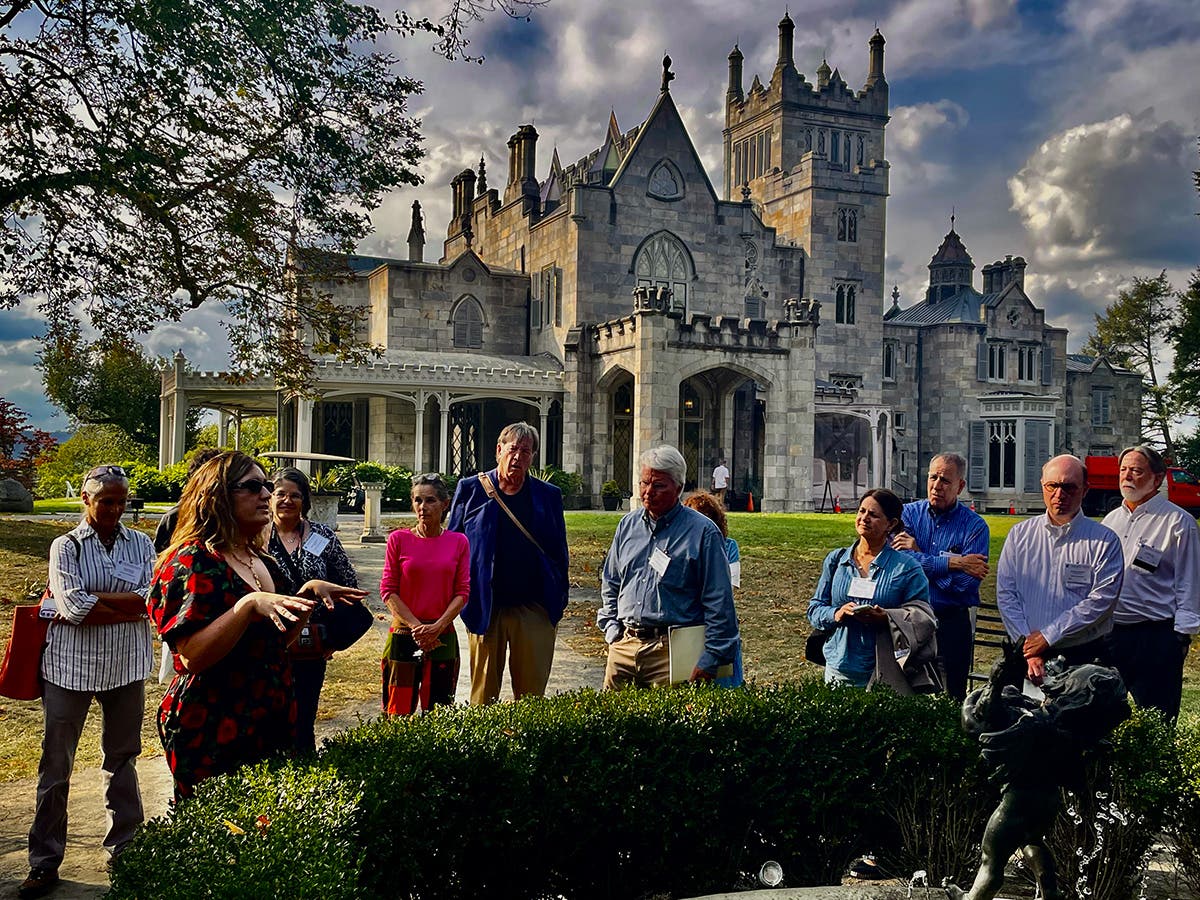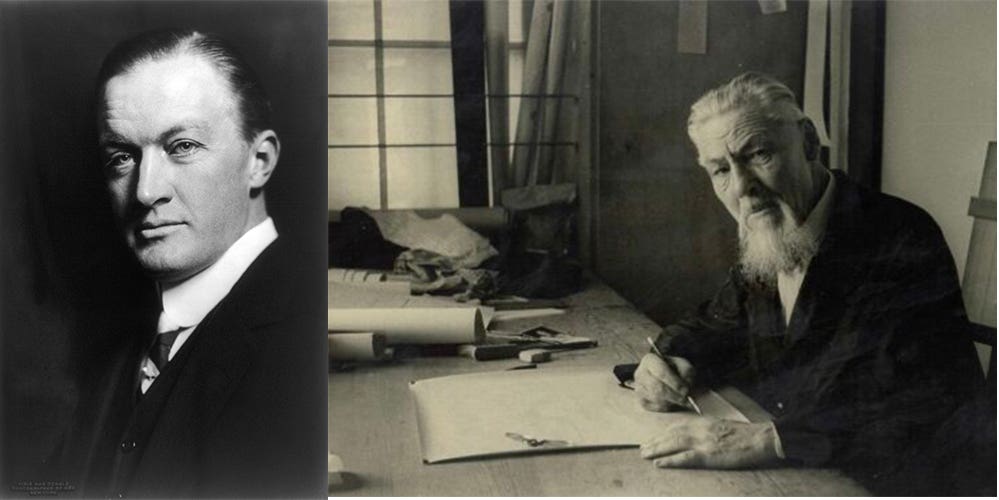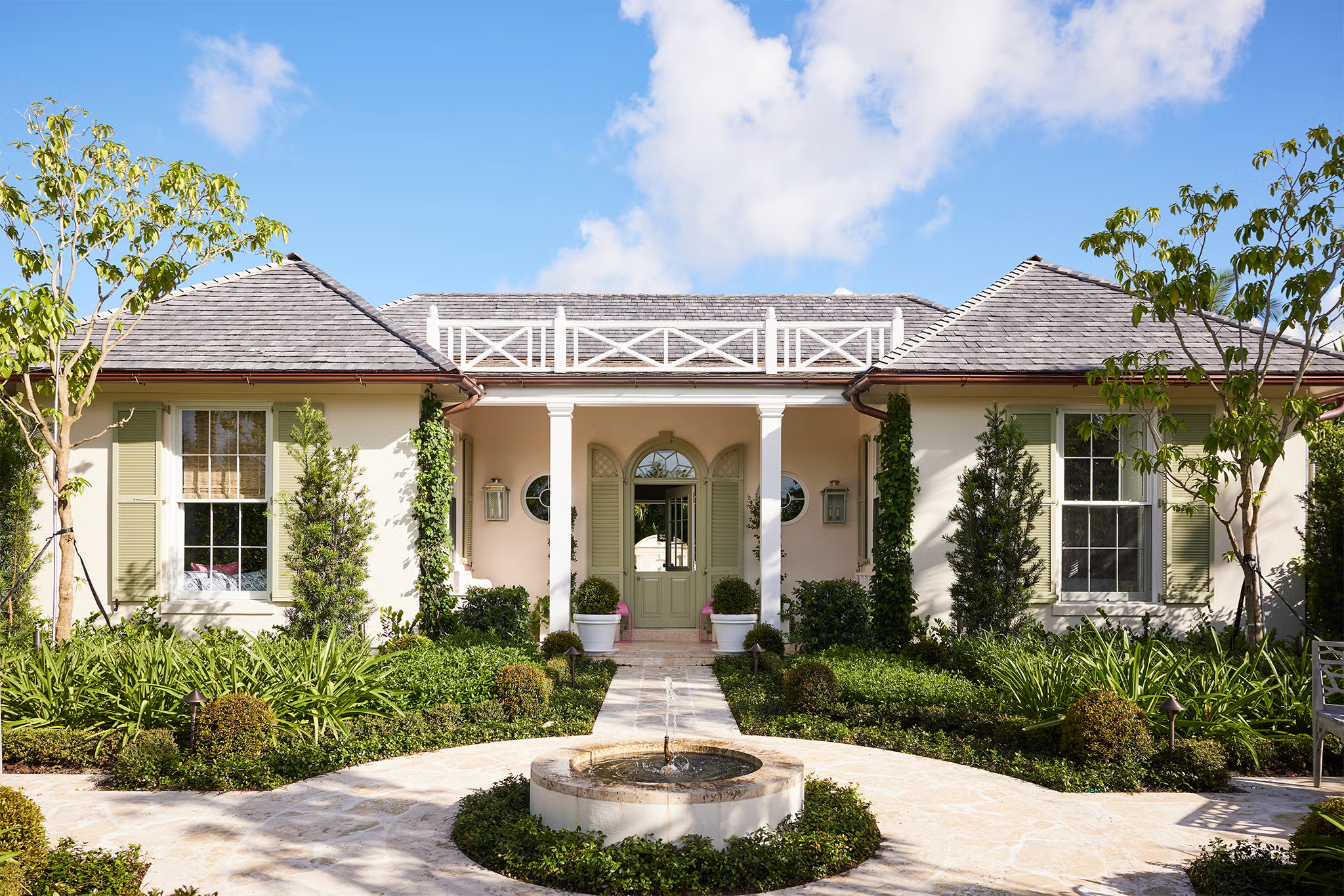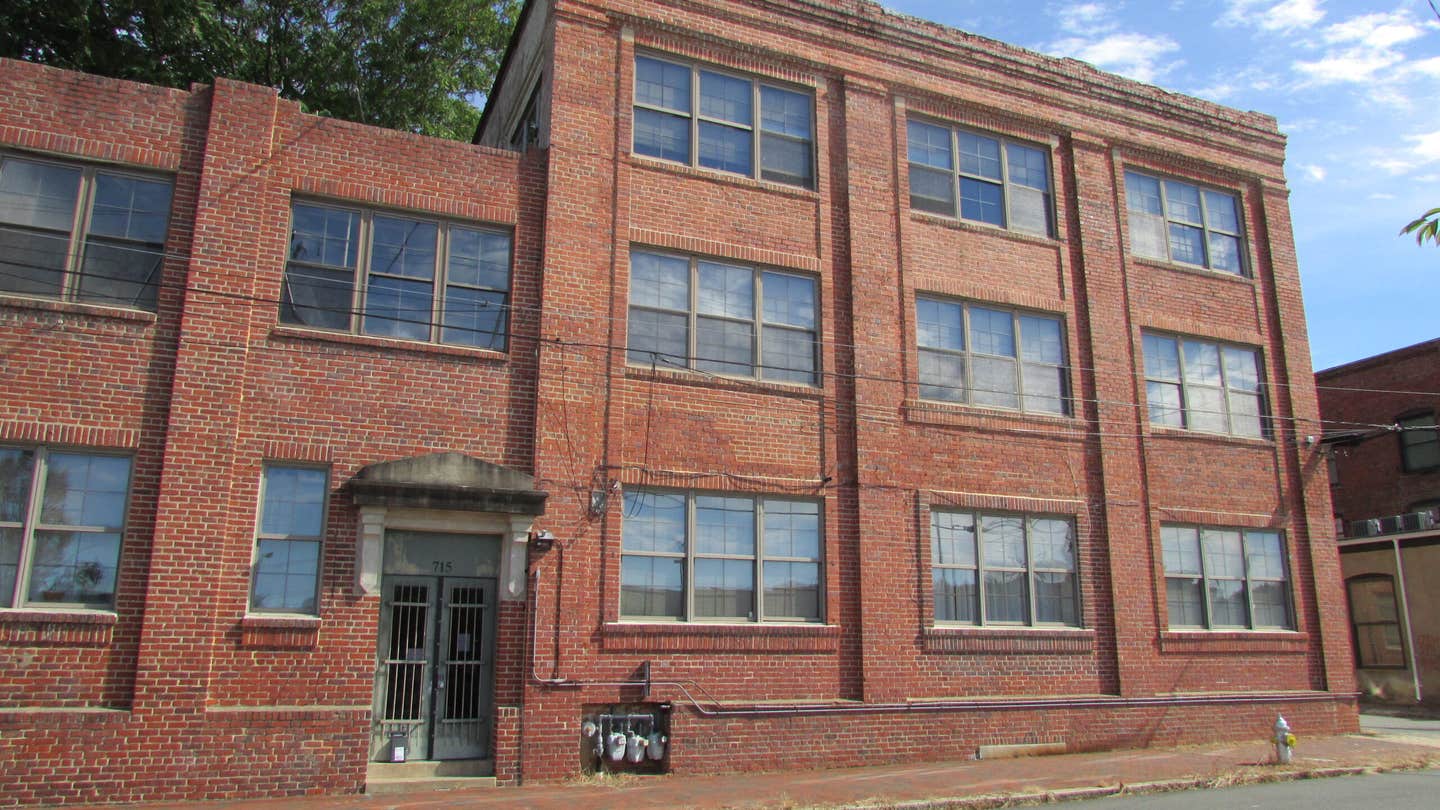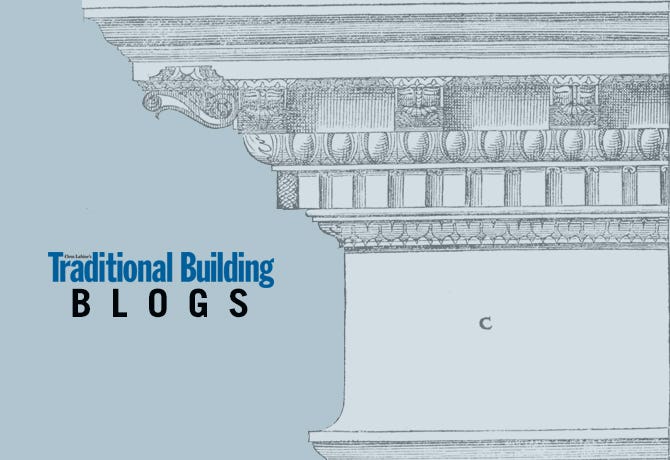
Peter Miller
What’s Taking the Millennials So Long? Buy Already!
Millennials are the largest generation. Once they pay off their student loan debts and qualify for mortgages, they should—should—buy houses at a rate that matches their baby boom parents, who fueled the housing industry’s best years to date.
On the other hand, according to a Federal Reserve study, from 2009 to 2011, this cohort bought half the number of mortgages as the same age group ten years ago. Have millennials given up on the American Dream? Will homeowners be eclipsed by renters in the future?
This was the question posed by Derek Thompson of The Atlantic magazine in a recent article titled “The Cheapest Generation.” His question was a thesis really. He postulated that millennials have no interest in buying houses, and he used the Federal Reserve numbers as proof.
He went on to assert that because people between the ages of 21 and 34 are so well connected via social media, they have little need for the connections made possible by an old-fashioned neighborhood. And he pointed to a corresponding decline in car purchases by millennials as further proof. In 2010, this age group bought just 27% of all new cars sold in America, down from a peak of 38% in 1985.
This worried me. Back when I bought my first house in 1983, I was part of the boomer demographic that pulled the housing market out of recession and drove growth for 20 years. I have been counting on the millennials to do the same thing—any day now, in fact. But any day now becomes tomorrow and tomorrow and tomorrow, and the housing recession lingers on, despite record low interest rates and record high numbers of people in the prime home-buying age group. Maybe Derek Thompson is right.
But for every 20-something I talk with who is burdened with student loan debt or scared off by his cousin’s upside-down mortgage, I hear about the more fortunate millennial who is the benefactor of an unprecedented transfer of wealth from his parents. The money being handed down from baby boomers to their kids will be a staggering $2 trillion per year for the next ten years, the largest inheritance in history. During lunch with a custom builder in Washington, D.C., I heard about the $5 million houses he is building for 30-year-olds. “Where do they get the money?” I asked. “From daddy,” he replied.
Then I talk to my kids and their friends, my kitchen cabinet of advisors on all things trendy. They are the kids who still live at home because they are recently graduated from college and still unemployed. “Hey, kids,” I ask. “Do you want to buy a house some day?” “Duh, yeah,” they say, “but not until we find a job.” “How come you want to buy and not rent?” I respond, looking for anecdotal evidence to refute the “cheapest generation” thesis I find troubling. “Because rent is a rip-off,” they say, “and because we want to make our own space.”
“Where do you want to buy a house?” I continue, hoping to cash in on inside information from the generation that could easily revive the industry I serve. “In the city or a close-in suburb,” they answer firmly.
My homespun research only confirms what the real estate experts already know. According to RCLO, a housing consultancy, 43% of millennials prefer to live in urban places where they can walk to shops, restaurants and work or take public transportation. And they know smaller houses and walkable neighborhoods are sustainable, something they care about, a lot.
Suddenly, I am not worried. Instead, I’m elated, because cities and close-in suburbs are where old-house renovations, period-style new construction and adaptive re-use of old buildings take place. And young people want to personalize their houses, albeit smaller houses, the same way they personalize their Facebook pages.
Moreover, moving to, fixing up and preserving older neighborhoods are undeniable economic drivers. “The shift away from suburbs toward denser urban living could have major economic growth implications,” Thompson writes. “Research shows that doubling a community’s population tends to increase productivity by between 6 and 28 percent. Economists have found that more than half of the variation in output per worker in the U.S. can be explained by density.”
Maybe millenials will rescue the housing industry, after all. And finally, perhaps, there will be a cohort of future home buyers who share the values my generation holds dear. Are you ready?
Peter H. Miller, Hon. AIA, is the publisher and President of TRADITIONAL BUILDING, PERIOD HOMES and the Traditional Building Conference Series, and podcast host for Building Tradition, Active Interest Media's business to business media platform. AIM also publishes OLD HOUSE JOURNAL; NEW OLD HOUSE; FINE HOMEBUILDING; ARTS and CRAFTS HOMES; TIMBER HOME LIVING; ARTISAN HOMES; FINE GARDENING and HORTICULTURE. The Home Group integrated media portfolio serves over 50 million architects, builders, craftspeople, interior designers, building owners, homeowners and home buyers.
Pete lives in a classic Sears house, a Craftsman-style Four Square built in 1924, which he has lovingly restored over a period of 30 years. Resting on a bluff near the Potomac River in Washington, D.C., just four miles from the White House, Pete’s home is part of the Palisades neighborhood, which used to be a summer retreat for the District’s over-heated denizens.
Before joining Active Interest Media (AIM), Pete co-founded Restore Media in 2000 which was sold to AIM in 2012. Before this, Pete spent 17 years at trade publishing giant Hanley Wood, where he helped launch the Remodeling Show, the first trade conference and exhibition aimed at the business needs and interests of professional remodeling contractors. He was also publisher of Hanley Wood’s Remodeling, Custom Home, and Kitchen and Bath Showroom magazines and was the creator of Remodeling’s Big 50 Conference (now called the Leadership Conference).
Pete participates actively with the American Institute of Architects’ Historic Resources Committee and also serves as President of the Washington Mid Atlantic Chapter of the Institute of Classical Architecture & Art. He is a long-time member of the National Trust for Historic Preservation and an enthusiastic advocate for urbanism, the revitalization of historic neighborhoods and the benefits of sustainability, including the adaptive reuse of historic buildings.




